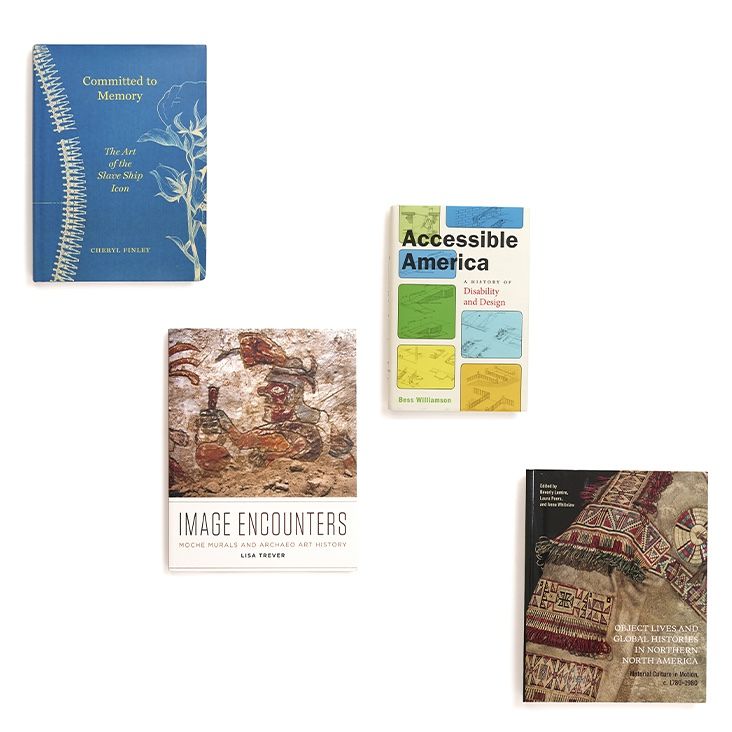Attributed to K’odi, T’lat’lasikwala Kwakwaka’wakw
Wood, paint, sinew, hair, yew (?) wood
Collected by Israel W. Powell between 1880 and 1885
Donated by Heber R. Bishop
American Museum of Natural History 16/384
These two Kwakwaka’wakw wolf headdresses (xisiwe’) portray their subject quite differently. Variations of wolf ritual and mythology are widespread in the region and suggest significant borrowing of forms, although each headdress materializes unique, hereditary narratives and rights. After the arrival of Europeans, there was a significant shift from local to imported pigments, and both of these objects were likely painted with a combination of indigenous blacks (often mixed with graphite) and trade vermillion.
The surface texture of the Gusgimukw headdress reveals finishing with a small stone, shell, or beaver tooth adze, which suggests a mid-nineteenth-century date of manufacture. Its naturalism is characteristic of period objects from the Quatsino Sound area and adjacent Nuu-chah-nulth territories. Roughly contemporary wolf headdresses were collected among the Nuu-chah-nulth, and their similarity to this one may indicate stylistic diffusion or object exchange. The smoother surface of the T’lat’lasikwala piece (right) suggests the use of sharp metal adzes and fine knives. It features stylized form and bold decoration defined by a lack of naturalism. The use of color to define secondary decorative motifs is more typical of later Kwakwaka’wakw works known for their abstract, colorfully painted designs; this piece’s restraint suggests a transitional artist or aesthetic, and is reminiscent of some older, northern coast styles. The addition of a rectangular red bridge is highly idiosyncratic, and only a handful of known masks share this anomalous trait. Thanks to a scribbled note by Franz Boas about a similar headdress in Berlin, we are now able to identify this unique style as the work of an artist named K’odi. Although one enjoyed wide geographic distribution and the other narrow, both pieces represent distinct styles that fell out of use by the end of the 1800s and are now marginal to the canon of Kwakwaka’wakw art. Reembedding such objects in their specific cultural and historical milieu underscores both the extensive commerce on the coast and the ideological, artistic, and spiritual exchange that accompanied such transactions.
Tags for Interactive Tag
Cloud: diffusion, Hudson’s Bay Company, hybridity, misidentification, non-canonical










.jpg,732x732,c)












